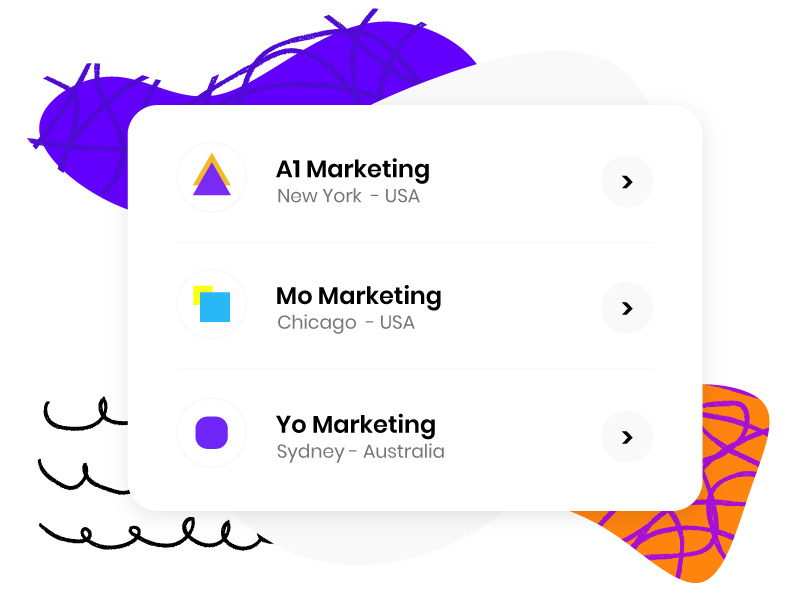
The student loan crisis in the United States has reached staggering proportions, with over 45 million borrowers collectively owing more than $1.7 trillion in debt. For many Americans, this financial burden has delayed major life milestones—homeownership, starting a family, or even saving for retirement. Vice President Kamala Harris has proposed a comprehensive plan to address this crisis, aiming to make student loans more manageable while tackling systemic inequities in higher education.
The Current State of Student Debt
Before diving into Harris’ proposals, it’s crucial to understand the scope of the problem.
Who’s Affected?
- Millennials and Gen Z: These generations carry the heaviest burden, with many graduates entering the workforce already saddled with tens of thousands in debt.
- Low-Income and Minority Borrowers: Black and Latino students, in particular, often take on higher debt loads due to systemic wealth gaps.
- Parents and Older Borrowers: Parent PLUS loans and borrowers over 50 still paying off their own education add another layer to the crisis.
The Ripple Effects
Student debt doesn’t just impact individuals—it stifles economic growth. Studies show that heavy debt loads reduce consumer spending, discourage entrepreneurship, and exacerbate wealth inequality.
Kamala Harris’ Key Proposals
Harris’ plan focuses on relief, reform, and equity, addressing both immediate financial strain and long-term structural issues.
1. Expanding Loan Forgiveness Programs
Automatic Forgiveness for Low-Income Borrowers
Harris advocates for automatically discharging federal student loans for borrowers earning below a certain income threshold (e.g., $75,000 annually). This would eliminate bureaucratic hurdles that currently prevent many from accessing relief.
Targeted Relief for Public Servants
The Public Service Loan Forgiveness (PSLF) program, notorious for its high rejection rates, would be streamlined. Harris proposes expanding eligibility to more professions (e.g., early childhood educators, social workers) and ensuring approvals are processed efficiently.
2. Lowering Monthly Payments
Revamping Income-Driven Repayment (IDR)
Under Harris’ plan, IDR plans would cap monthly payments at 5% of discretionary income (down from the current 10%) and forgive remaining balances after 10 years (instead of 20-25). This would drastically reduce financial strain for middle- and low-income borrowers.
Eliminating Interest Accrual
Many borrowers see their balances balloon due to compounding interest. Harris’ proposal includes halting interest accumulation for those making on-time payments, ensuring payments go toward principal reduction.
3. Making College More Affordable
Free Community College & Expanded Pell Grants
Harris supports tuition-free community college and doubling the maximum Pell Grant award to $13,000 annually, reducing reliance on loans for low-income students.
Holding Predatory Institutions Accountable
For-profit colleges with high dropout rates and poor job placement outcomes would face stricter regulations. Borrowers defrauded by these institutions would receive automatic loan discharges.
4. Addressing Racial and Economic Disparities
Canceling Debt for HBCU Graduates
Historically Black Colleges and Universities (HBCUs) graduates often face higher debt burdens due to systemic underfunding. Harris’ plan includes targeted debt cancellation for these borrowers.
Closing the Racial Wealth Gap
By prioritizing relief for marginalized communities, the plan aims to narrow the racial wealth gap exacerbated by student debt.
The Bigger Picture: Why This Matters
Economic Stimulus
Reducing student debt could inject billions into the economy, as borrowers would have more disposable income to spend on homes, businesses, and other investments.
A More Equitable Future
By addressing disparities in higher education financing, Harris’ plan could help level the playing field for future generations.
Political and Public Support
While some critics argue about the cost, polls show strong bipartisan support for student loan reform, especially among younger voters.
Challenges and Opposition
Fiscal Concerns
Opponents argue that widespread forgiveness could strain federal budgets. Harris counters that the long-term economic benefits outweigh initial costs.
Legislative Hurdles
Without Congressional action, many proposals would rely on executive authority, which could face legal challenges.
The Role of Private Lenders
Private student loans, which lack federal protections, remain a blind spot in the plan. Advocates urge further reforms to regulate this sector.
What Borrowers Can Do Now
While policy changes take time, borrowers can:
- Enroll in IDR plans to lower monthly payments.
- Apply for PSLF if eligible.
- Stay informed about potential forgiveness opportunities.
Harris’ plan isn’t just about debt relief—it’s about reimagining an education system that doesn’t bury students in financial hardship. Whether through executive action or legislation, the push for reform is gaining momentum. For millions, the promise of manageable student loans could finally become a reality.
Copyright Statement:
Author: Avant Loans
Link: https://avantloans.github.io/blog/kamala-harris-plan-to-make-student-loans-more-manageable-2144.htm
Source: Avant Loans
The copyright of this article belongs to the author. Reproduction is not allowed without permission.
Prev:RV Loan Closing Costs: What to Expect
Next:Discover Home Loans Login: How to Close Your Account Securely
Recommended Blog
- RV Loan Closing Costs: What to Expect
- How to Avoid Predatory Lenders in Greenville, SC
- Big Picture Loans: How to Check Your Eligibility
- Bad Credit Auto Loans: How to Negotiate Interest Rates
- Loan APR Meaning: The True Cost of Borrowing
- Kotak Prime Loans for Medical Emergencies: Quick Financial Aid
- How to Avoid Cash Loan Debt Traps
- The Timeline of a Loan Going into Default
- Jumbo Loan Closing Costs: What to Expect
- How to Use Instant Loans Responsibly
Latest Blog
- Quick Cash Loans for Vacation Rentals
- Bad Credit? These Lenders Will Still Approve You
- $255 Payday Loans Online – What to Look for in a Lender
- 100 Percent Approval Loans for Gym Memberships
- Forbearance and Bankruptcy: What’s the Connection?
- Quick Approval Debt Consolidation Loans
- How to Get an Online Loan with a Co-Signer
- The Best Podcasts About Department of Education Student Loans
- MOHELA Student Loan Grace Period: What You Need to Know
- How to Report Fraudulent Online Payday Loan Lenders
